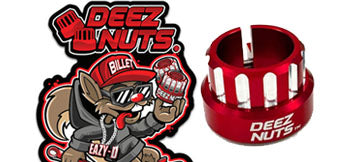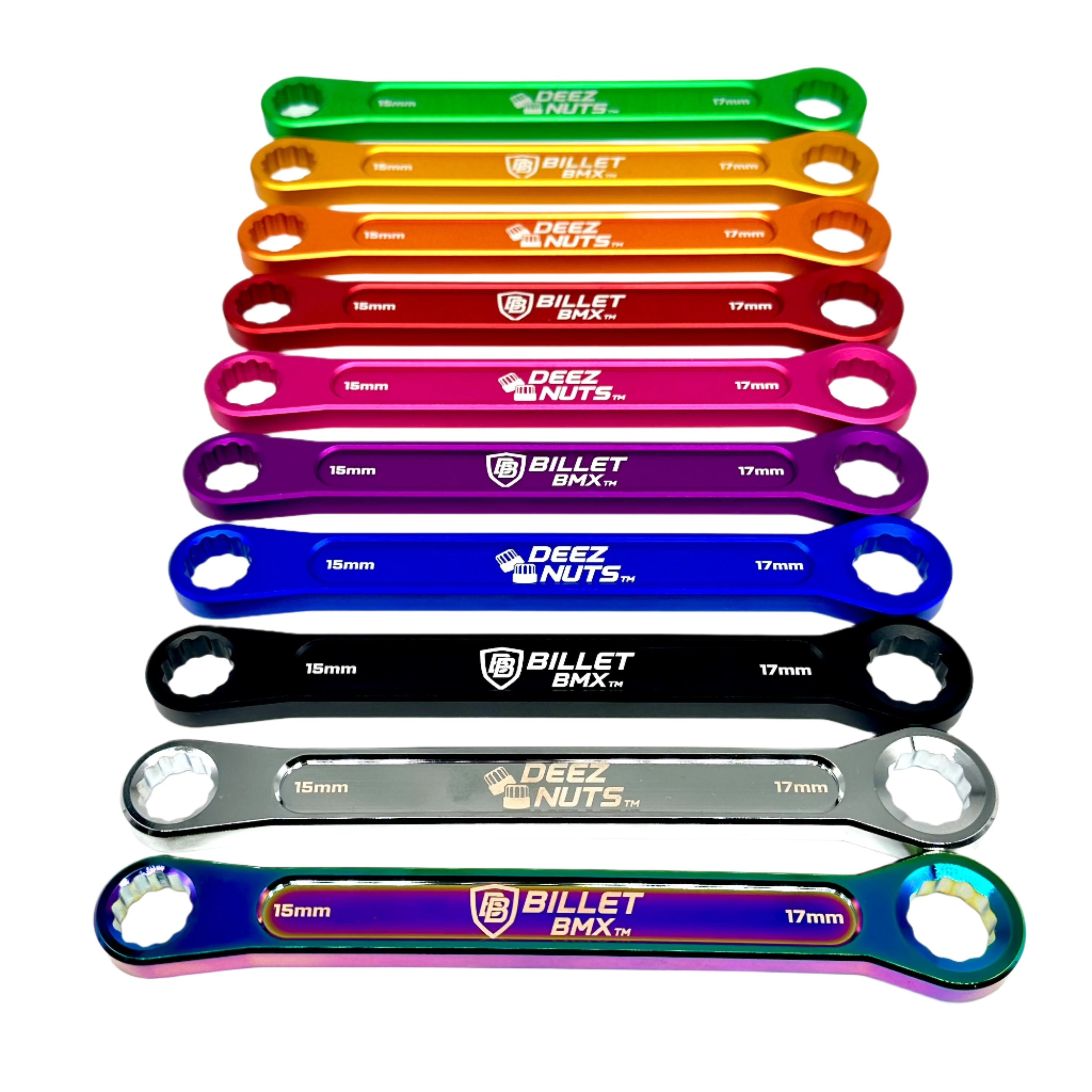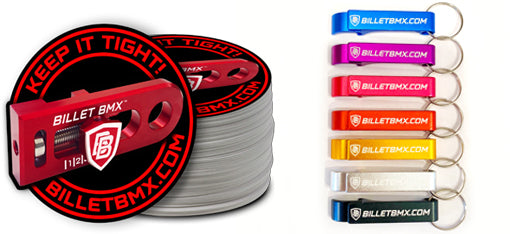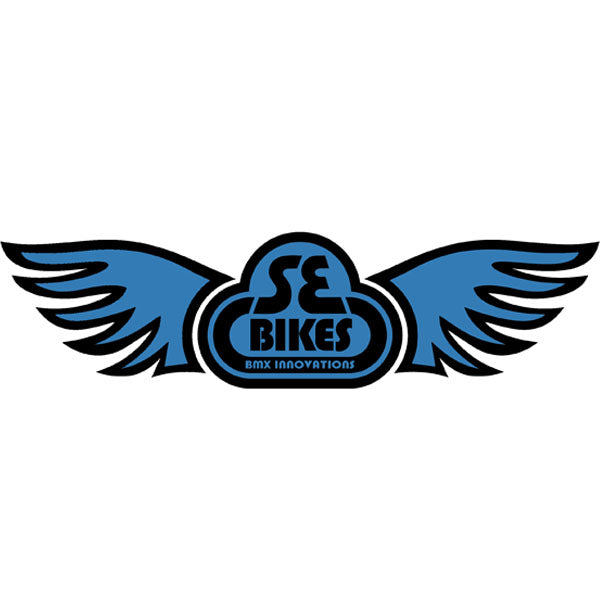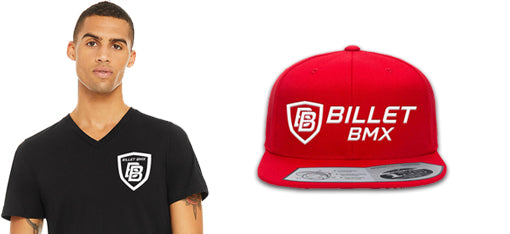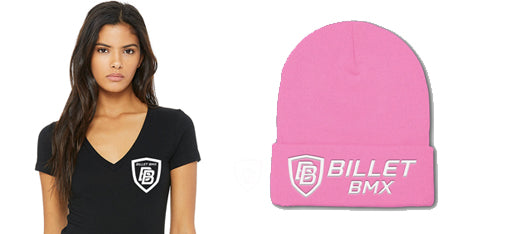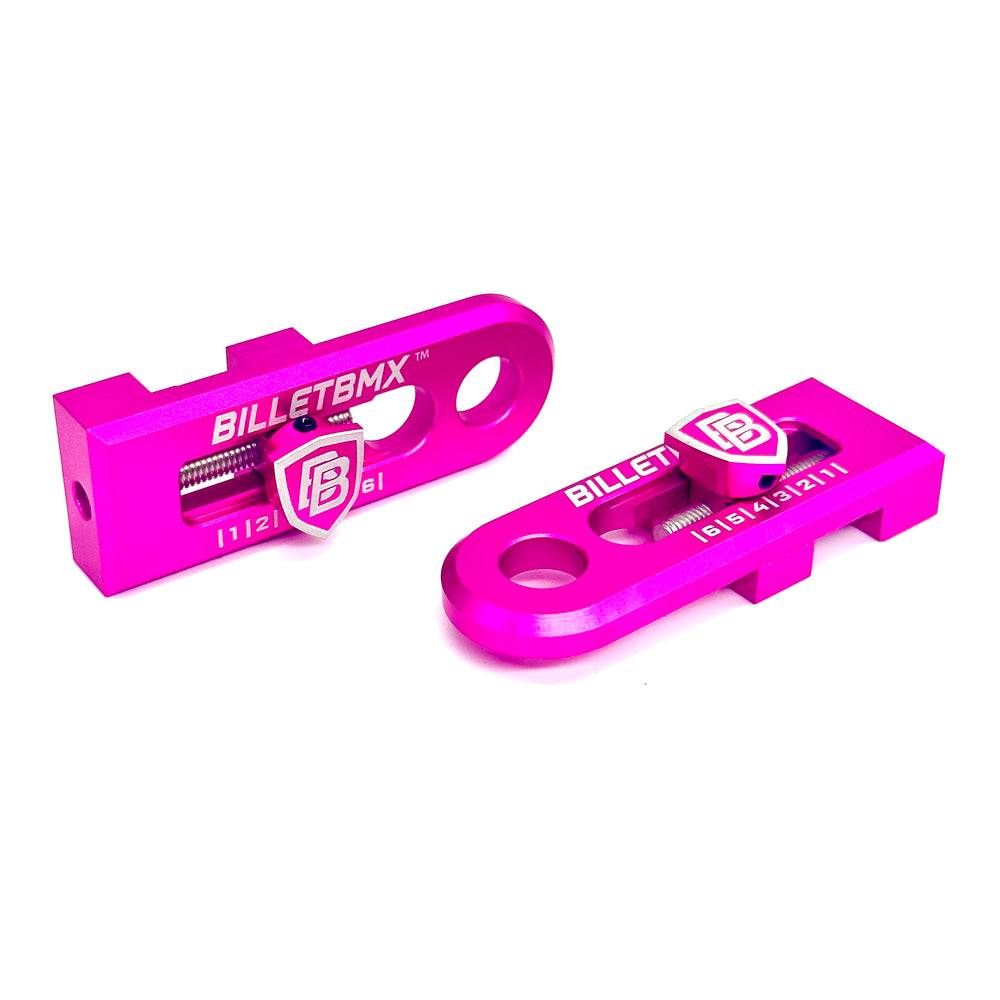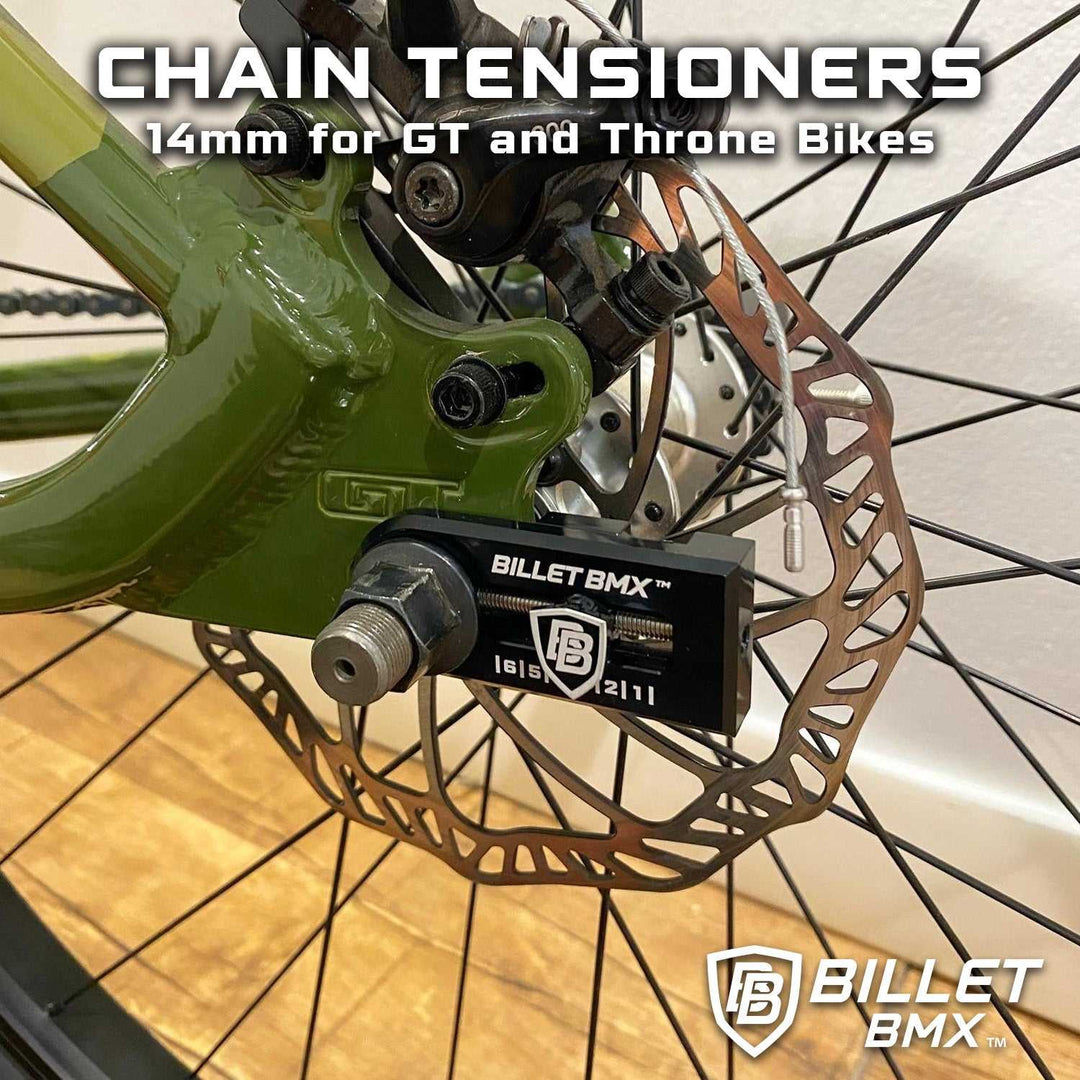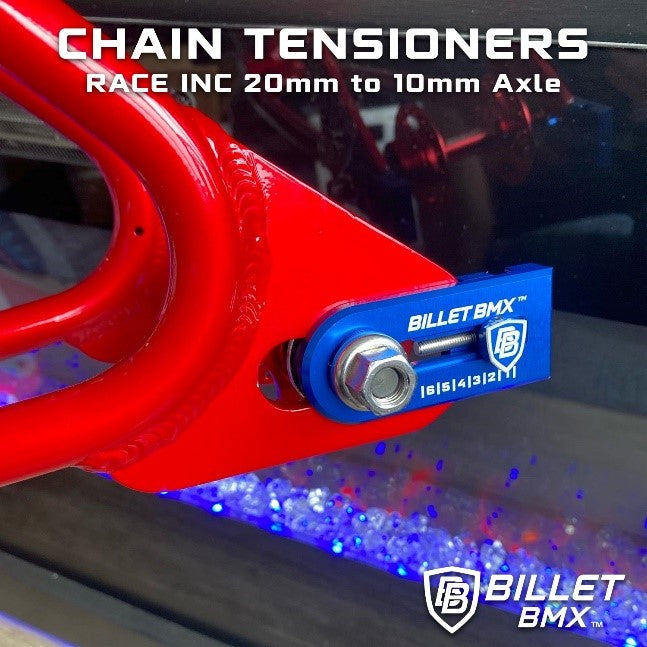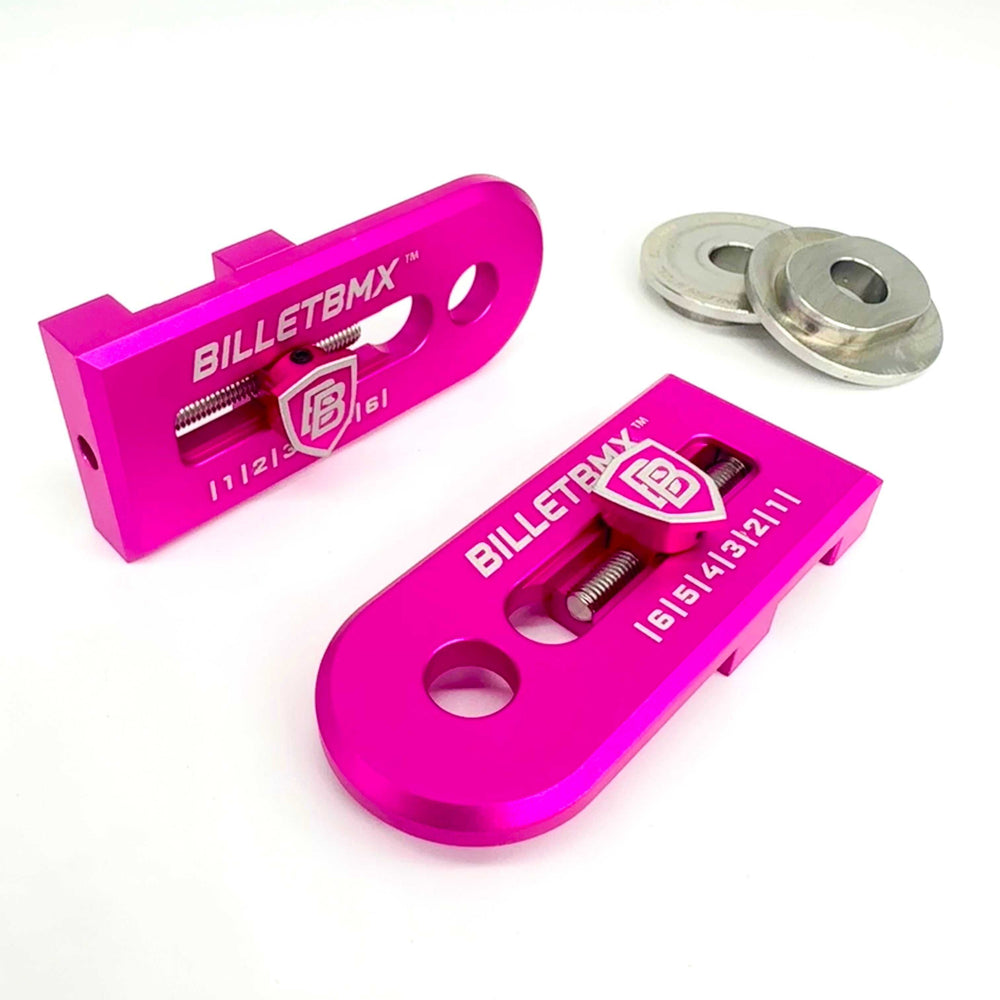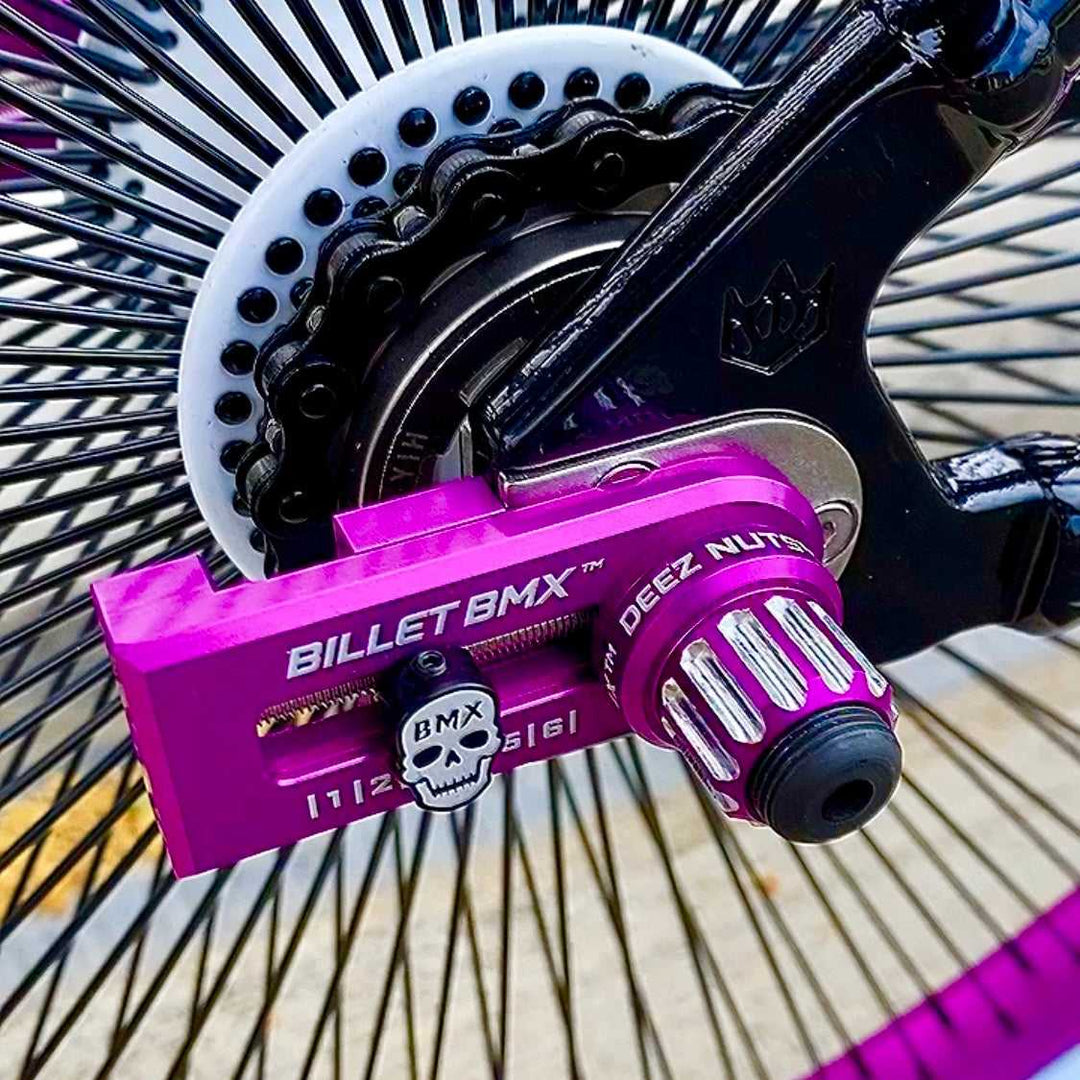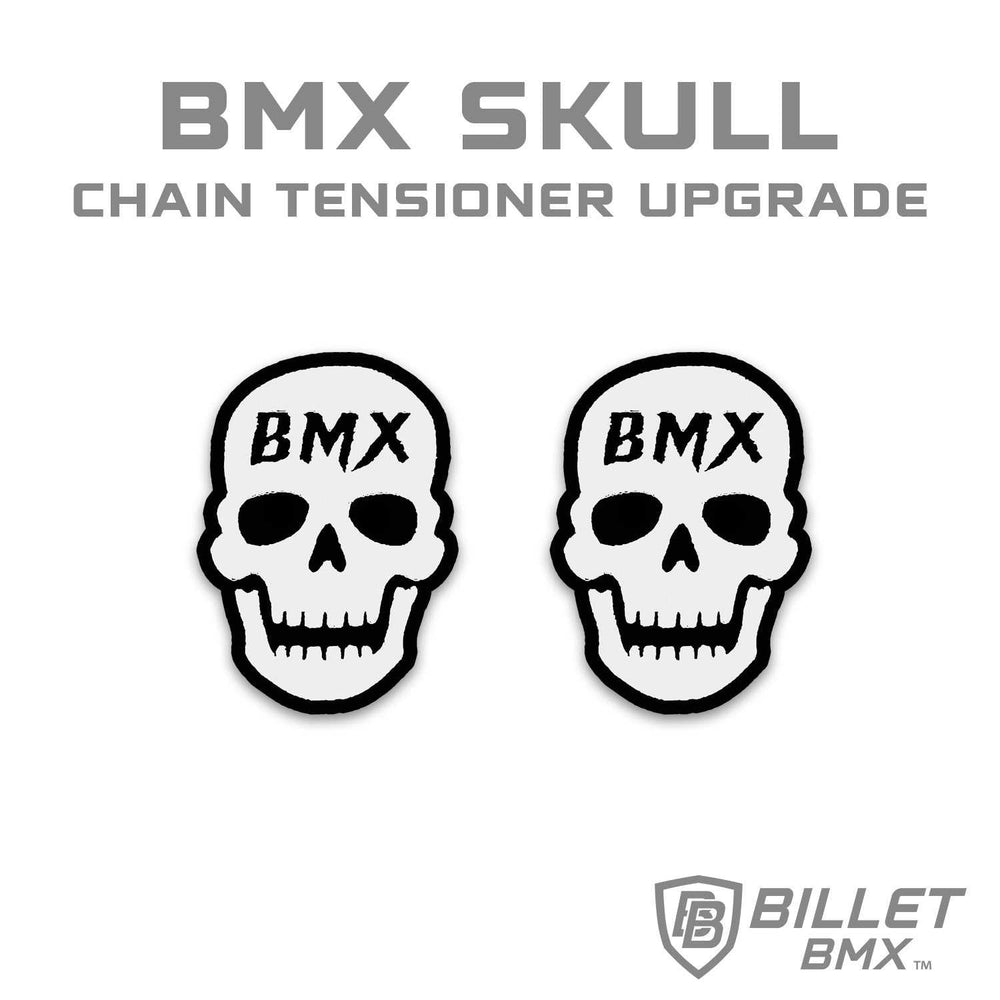Top Mistakes to Avoid When Replacing BMX Brake Levers

Replacing your BMX brake levers might seem like a quick upgrade or repair, but it’s a job that requires precision, the right tools, and a solid understanding of your bike’s setup. Whether you're upgrading for better performance, switching to a different lever style, or replacing worn-out parts, doing it wrong can compromise your braking efficiency or worse, your safety.
In this article, we’ll walk you through the top mistakes riders make when replacing BMX brake levers, how to avoid them, and tips for getting the job done right.
Why Brake Lever Replacement Matters
Brake levers are one of your main contact points for controlling speed and stopping power. Faulty installation or poor adjustments can lead to inconsistent braking, hand fatigue, or even brake failure especially during high-impact BMX riding.
Getting your BMX brake lever replacement right ensures:
- Smooth, responsive braking
- Increased rider control
- Longer brake system lifespan
Mistake #1: Choosing the Wrong Brake Lever Type
Not all BMX brake levers are created equal. BMX bikes typically use either U-brakes, V-brakes, or caliper brakes, and the lever must match the brake type.
Common Error:
Installing a V-brake lever on a U-brake system can result in poor modulation and reduced braking power due to mismatched cable pull.
Fix:
Double-check your brake setup and match it with a compatible lever. If unsure, consult your brake manufacturer’s specs or ask your local bike shop.
Mistake #2: Over-Tightening the Lever Clamp
It’s tempting to crank the clamp bolt to keep the lever locked in place—but overtightening can strip the threads or damage your handlebars, especially if they’re aluminum or carbon.
Common Error:
Using a wrench or over-torquing the bolt past manufacturer recommendations.
Fix:
Use a torque wrench or Allen key and tighten just enough to keep the lever secure. You should be able to rotate the lever with moderate force in case of a crash to avoid permanent damage.
Mistake #3: Incorrect Lever Positioning
Your brake lever angle and reach directly affect your comfort and control, especially during jumps or technical riding.
Common Error:
Placing the levers too flat or too steep, leading to wrist strain or delayed reaction time.
Fix:
Set your brake levers at a natural angle usually 30–45° downward from horizontal so you can reach them comfortably while in your normal riding stance. Adjust lever reach if available to match your finger length.
Mistake #4: Forgetting to Lube the Cable
Replacing the brake lever often means re-threading or replacing the cable. Installing a dry cable through a housing can cause unnecessary friction and poor braking response.
Common Error:
Skipping lubrication leads to a stiff brake pull and uneven cable movement.
Fix:
Apply a light bike-specific cable lube before feeding the cable into the housing. It’ll reduce friction and extend the life of both the cable and housing.
Mistake #5: Not Adjusting Cable Tension Properly
Once your new BMX brake lever is installed, the cable tension needs to be spot-on. Too loose, and your brakes feel sluggish. Too tight, and your pads may rub the rim even when not braking.
Common Error:
Guessing cable tension or forgetting to fine-tune with barrel adjusters.
Fix:
Use the barrel adjuster to dial in the tension. Squeeze the lever lightly your brake pads should engage about halfway through the lever pull for ideal performance.
Mistake #6: Ignoring Brake Pad Alignment
While replacing brake levers, riders often ignore pad position. Misaligned pads can wear down quickly or cause rim damage.
Common Error:
Pads hitting the tire, missing the rim, or rubbing too hard even when not braking.
Fix:
Ensure pads are centered on the rim, make full contact during braking, and don’t touch the tire. Use a 2–3 mm gap between pad and rim when brakes are released.
Mistake #7: Skipping a Test Ride
After installation, it’s critical to do a short, controlled test ride before hitting the track or park.
Common Error:
Skipping a check and discovering issues mid-ride, which could lead to accidents.
Fix:
Squeeze the levers firmly, test for modulation, and confirm there’s no slipping or sticking. Also, check that the bars and grips didn’t shift during lever installation.
Bonus Tip: Upgrade to BMX-Specific Levers
Generic levers may not handle the abuse of BMX riding. BMX brake levers are built tougher, with shorter throws, stiffer designs, and better compatibility with BMX bars and grips.
You can find a wide selection of high-quality brake levers built specifically for BMX setups at Billet BMX.
Final Thoughts
Swapping your BMX brake levers might look like a small tweak, but it can have a big impact on your bike’s performance and your personal safety. By avoiding these common mistakes, you’ll ensure a cleaner install, more reliable braking, and a better overall ride experience.
Whether you're upgrading, replacing worn-out parts, or dialing in your setup for racing or freestyle, always double-check compatibility and fine-tune the details. Your brakes are too important to rush.


